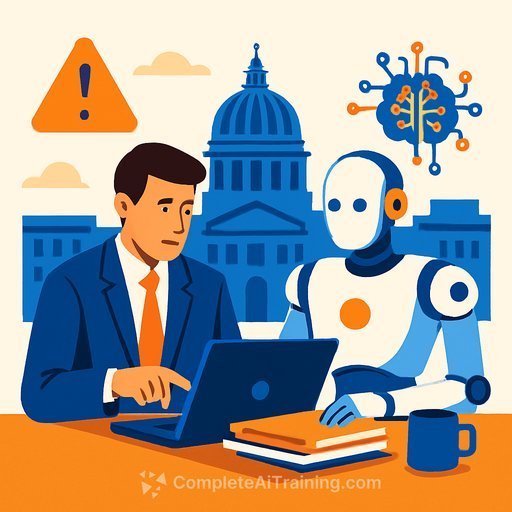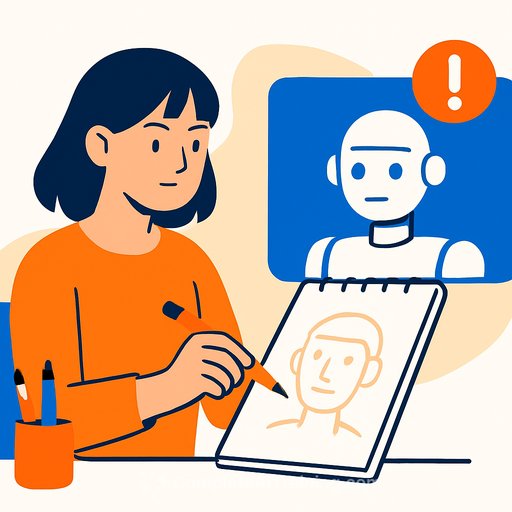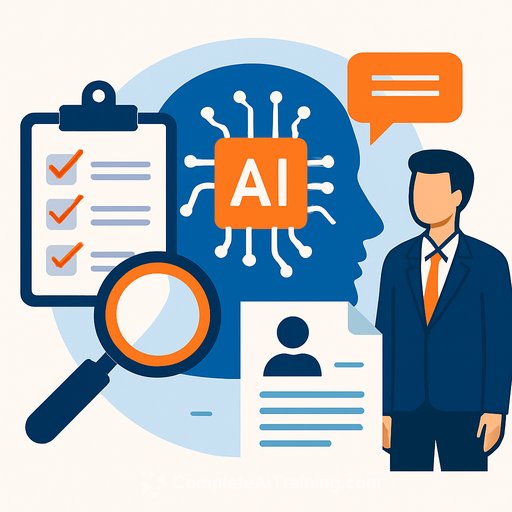AI Agents at Work: Benefits, Risks, and Best Practices HR Can Use Now
Digital labor is here. AI agents can cut costs and speed up repetitive work, but issues around bias, transparency, and accountability can undermine trust fast if you're not ready.
In political fundraising, donor research used to be a grind. One firm deployed an AI research agent that taps data and search APIs and jumped from 10-20 high-quality donor prospects per hour to 200-400. That kind of lift is possible in HR, too - if you set the right guardrails.
What "digital labor" means for HR
Digital labor refers to AI agents or systems doing tasks humans typically handle. Today that ranges from simple automation to agentic and generative tools that plan, act, and learn.
Adoption isn't uniform across functions. HR sits under heavier regulation and carries higher risk for bias and privacy. That doesn't mean "no." It means "prove it's safe, fair, and auditable" before scale.
Where AI agents can help HR today
- Talent acquisition: initial resume triage, scheduling, structured phone screens, and job ad generation based on validated criteria.
- Onboarding and HR ops: policy Q&A, document prep, benefits enrollment support, and ticket deflection with human handoff.
- Employee support: 24/7 knowledge assistants for leave, payroll, and policy guidance, with routing for sensitive cases.
- Compliance and controls: monitoring exception reports, flagging gaps in required training, and audit-ready logs.
One CEO in benefits administration put it plainly: "We find that AI can solve these problems very well and instantly, allowing us to add more value by solving the problems identified rather than digging in the sand for them all day," said John Sansoucie of CogNet.
The key message to teams: augmentation, not replacement. "This shift isn't about losing jobs but being more efficient and showing greater value to our customers," Sansoucie said.
Risks HR must address upfront
- Bias and fairness: models reflect their data. In hiring and performance use cases, that can translate to adverse impact if left unchecked.
- Transparency: employees and candidates should know when AI is involved. Hidden systems erode trust when revealed later.
- Accountability: who owns an AI decision? Ownership must be explicit at the system and user levels.
- Privacy and security: candidate and employee data demands strict access control, retention limits, and vendor oversight.
- Integration and change management: new agents rarely plug cleanly into legacy stacks without process redesign and training.
As one strategist warned, "The worst thing that can come out of mass AI adoption is surrendering our agency to the systems." Keep humans accountable for decisions and the "why" behind them.
A practical playbook for HR
- Pick safe starter use cases: policy Q&A, interview scheduling, ticket triage, and onboarding checklists. Hold off on high-stakes selection until your controls are proven.
- Design human-in-the-loop gates: in hiring, require human review and sign-off on every shortlist and decision. No fully automated rejections.
- Define ownership: set a clear RACI for each AI system. If a tool is used, the assigned owner is accountable for outcomes and fixes.
- Test for bias before go-live: run adverse impact analysis on historical and synthetic data. Re-test after every model or policy change.
- Be transparent: disclose AI use in job posts, careers pages, and candidate communications. Offer a human alternative on request.
- Protect data: segment environments, use data minimization, and enforce retention. Lock down prompts, outputs, and logs with role-based access.
- Vet vendors deeply: demand model cards, data provenance, red-team results, SOC 2/ISO controls, and incident response terms in your DPA.
- Train your people: teach prompt practices, review standards, bias spotting, and escalation paths. Upskill programs pay for themselves fast. If you need structured programs by role, see Complete AI Training's courses by job.
- Instrument everything: track quality, exceptions, handoffs, and time saved. Set thresholds that auto-route to humans.
Compliance checklist for HR leaders
- Perform and document a risk assessment for each AI use case, including fairness and privacy impact.
- Maintain audit logs of prompts, outputs, overrides, and decisions. Keep human-attribution on record.
- Validate job-relatedness: every screening criterion must map to bona fide job requirements.
- Provide notice and obtain consent where required. Offer appeal and human review mechanisms.
- Monitor adverse impact continuously and pause systems that cross thresholds.
- Plan for outages: define fallbacks, SLAs, and human coverage.
For a governance starting point, review the NIST AI Risk Management Framework here.
How to measure what matters
- Time-to-fill and recruiter capacity (hours reclaimed per week).
- Candidate experience (CSAT, response time, drop-off rates).
- Quality of hire proxies (first-90-day retention, ramp time).
- Error rates and compliance incidents (pre- and post-implementation).
- Cost per hire and support cost per ticket.
Bottom line
Digital labor isn't a blanket fix or a bad idea. It's a set of tools that produce outsized gains when you pair them with clear accountability, fairness checks, and honest communication.
Keep people in control. Make the system explain itself. And measure rigorously so the value is obvious - to HR, candidates, and leadership.
Your membership also unlocks:






